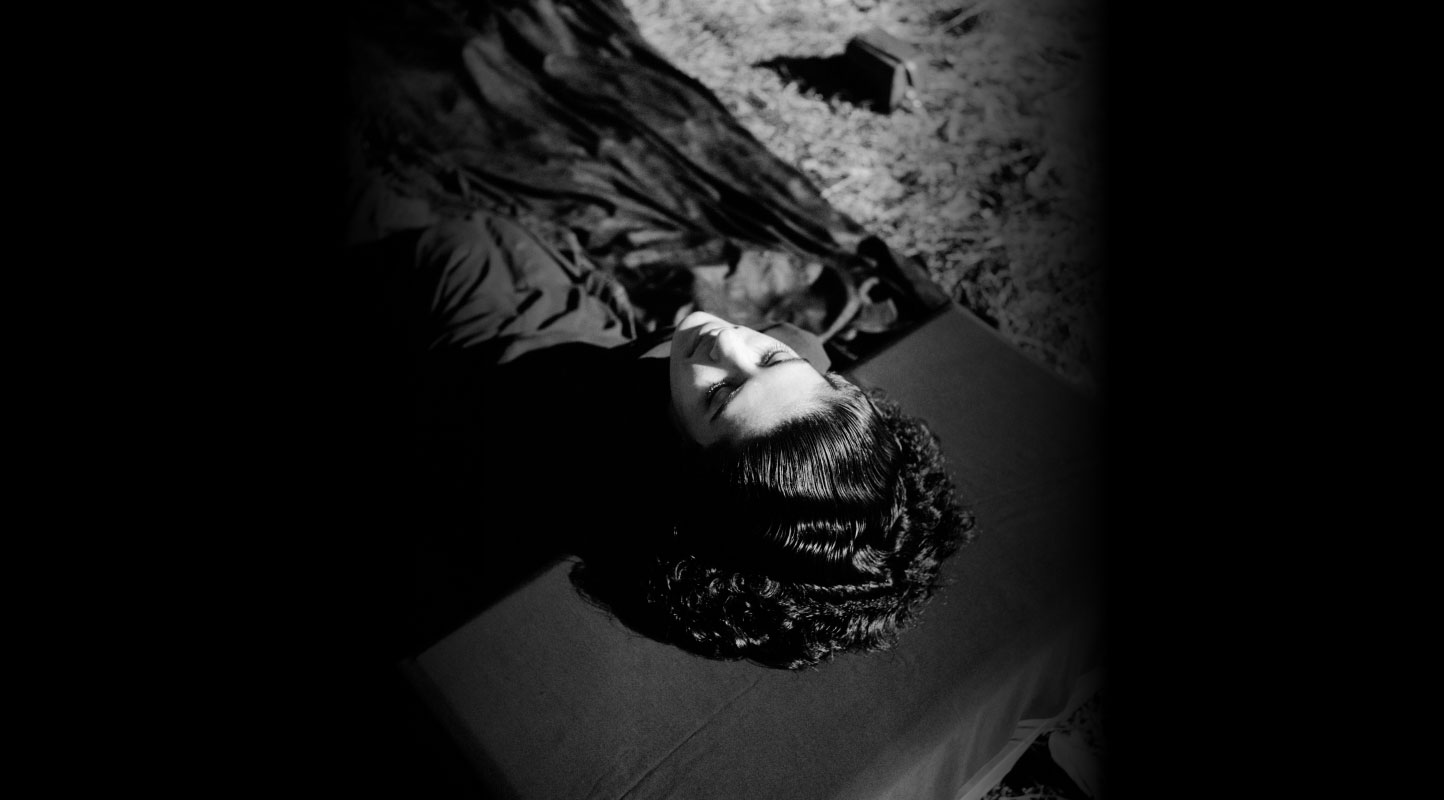Site as Malleable Geography: On Sumakshi Singh’s Mapping the Memory Mandala
Screened at the VAICA Festival as part of the thematic capsule, “Cartographies of Sensation,” Mapping the Memory Mandala (2008) reconfigures the familiar axes of experience, as artist Sumakshi Singh actively engineers architecture as a trace. Singh has spoken about how the death of her grandfather made her revisit his house in Delhi (where he had lived since 1948) with a sense of the uncanny, as the constituent objects now reverberated with his absence. The familiarity was now located only in photographic reproductions of the said space. As an analogic exercise of this seeming dissociation, Singh materialised the memory of her grandfather’s living room by drawing it on top of the existing objects in her studio in France. This act of drawing over objects, walls and the floor of her studio in simulation of the living room was achieved through a blueprint drawn from photographs and the artist’s memory of the space—the resultant work was then opened up to visitors to interact with. The laborious process of using extant surfaces as scaffolds for the drawing was captured through multiple cameras set up on site, and cumulatively edited into a short time-lapse video that serves as a record of the performance. Alongside the durational engagement, the performance includes how visitors navigate the projected space on top of the original—the illusion serving to manifest simultaneous experiential maps.

Engaging with an existing reference, Singh uses a familial memory to create a spatial stratification (and subsequent alignment) with the means of dry pastels, creating an encounter through anticipatory adjustments in movement. Through a live video-feed on site, the viewers watch themselves navigate the fictional structure, engaging with otherwise absent objects through careful calibrations and awkward collisions. As they navigate two different planes (one physical and the other perceptual), any move in deviation from the specified viewing positions created what Singh called a “space-time hiccup”—where objects broke shape and perspective shifted amid the architectonic confusion. There are repeated attempts by the viewers/participants to relocate themselves in the illusion, as their familiarity with the space is erased, and a re-familiarisation with their own bodies is cultivated through an amplified mirroring on the screen.

A running negotiation between speculation and displacement, the project foregrounds the ephemeral nature of Singh’s labour, as the pastel work progressively dissolves with the visitors’ cumulative footsteps. Through its capture in video, the work preserves the length of the experience, albeit through a different code of representation. The video form becomes not only a documentation of the performance in tangible media, but also initiates a conversation around archival memory beyond its immediate scope. In externalising memory and orchestrating a material placeholder for it in the studio, the artist activates the contours of a habitat anchored in a colonial context. Imbued with a new subjectivity, the living room in Delhi becomes a sentient archive, as the navigating bodies become sites of knowing, remembering and performing at a spatio-temporal remove. The perimeters of the space then extend into the historical, hinting at its neo-colonial entanglements of capital in the contemporary landscape. By formulating changes in the lived environment of the studio, Singh also triggers shifts in the participants’ behaviour, treating form and matter with a delicate irreverence. The site is used as a screen to reflect her enquiries around signifiers, spatial measure and perceptual conundrums, which alter the registers of attention and intimacy against an additive, but transient, geography.

To read more about the works featured as part of VAICA's festival Fields of Vision, please click here and here.
All images from Mapping the Memory Mandala by Sumakshi Singh. 2008. Image courtesy of the artist and VAICA.







